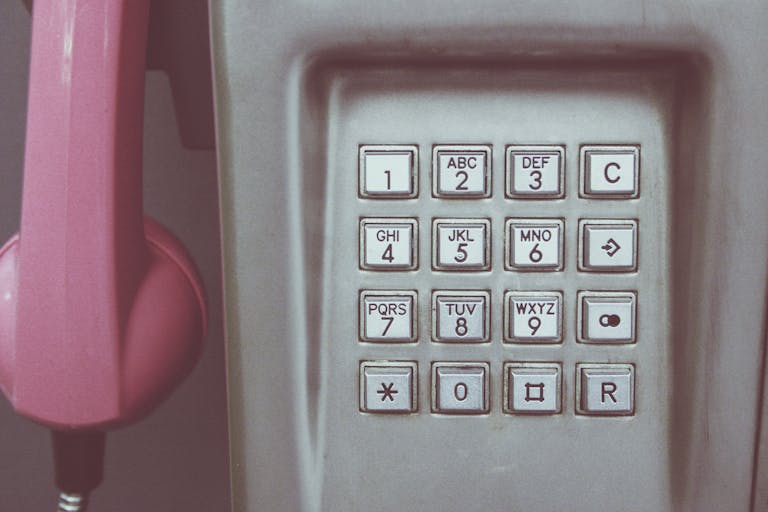The Real Hook Starts Before Your First Page
If you’re looking to get published, everything is a hook.
A lot of writers spend so much time perfecting their blurb or polishing the first paragraph of their story that they forget about the things that come way before that. And I get it—everyone says “open strong,” “grab attention,” “make the first page count.”
But here’s something they don’t tell you:
Your first hook isn’t your blurb. Or your first line. It’s you.
As a publisher, I don’t open your story right away. I notice everything that comes before it—and all of it tells me whether you’re worth investing time, effort, and resources into. So here’s the truth: the story isn’t the only thing getting judged.
You are.
Let’s walk through what really makes a writer stand out—and what might make us click “close” before we even get to page one.

1. Your Email AKA Your Hello
This is your first impression. Your knock on the door. Your “Hi, I’d like to share something with you.”
Now imagine walking into my office, tossing your manuscript on my desk, and walking away without saying a word. That’s exactly what it feels like when I get a pitch with just an attachment—no greeting, no context, not even a name.
I’ve had submissions that were literally just links to a Google Doc. No intro. No filename. Just… “Here.”
And sure, I read them anyway, because I try to be fair. But honestly? I’d be more excited if there was even a tiny message that came with it.
Professional doesn’t mean stiff. It means intentional.
A simple greeting. A quick note about who you are. A sentence on what you’re submitting and why it matters to you. It doesn’t have to be a performance—it just has to show me that you care.
2. How You Follow Guidelines
Writers love to rebel against guidelines. I get it.
But here’s what you need to understand:
Guidelines exist for a reason.
Not to control you—but to protect our time. To protect our process. To test whether you’re someone we can actually work with.
If you won’t read and follow a one-page instruction list, how are you going to handle the editorial process—where we dig into your manuscript paragraph by paragraph, line by line?
Some writers think they’re “too good” for instructions. That if their story is amazing, it should bypass the system entirely.
Let me tell you right now: that attitude kills more promising stories than bad writing ever could.
Following guidelines isn’t just about rules. It’s about respect.
And in publishing, respect is the hook that gets you taken seriously.
Yes—we still read the stories that break the rules. We really do try to be fair. But don’t make it harder than it needs to be.
3. The Title of Your Story
Let’s say you’ve written a polite email. You followed directions. Awesome. But your next hook?
Your title.
Imagine me staring at a spreadsheet with 200 submissions. That’s 200 titles lined up in a long, scrolling list. I don’t read them in order of arrival—I scan for the ones that call to me. That’s just how I do it. Every submission gets read eventually, but some are opened first. And usually, it’s because of the title.
Here’s the hard truth: if your title sounds like something I’ve seen a hundred times—“My First Love,” “A Heart That Hurts,” “Lonely Girl”—I’m probably not clicking it first.
But if I see something like “Kaya Mo Bang,” “The Witch of White Roses,” “Milkshake,” or “Why Women Eat Corn?”—I’m interested. I want to know what that story is.
Because the thing about titles?
They should spark curiosity.
A need to know what it’s all about.
And this isn’t just about getting picked from a submissions list.
This is about the market. The audience. The readers who are going to buy your book.
Be honest: how many books have you ignored simply because the title was so forgettable, it didn’t even register?
Exactly.
Your title is your story’s handshake. It tells me how original your voice might be. It hints at tone, theme, and presence. And in a world that moves fast? Your title has to work hard for you.
4. The Opening of Your Story
This is where the traditional hook comes in—the first paragraph, the first page.
And if I open your manuscript and it starts with a weather report, a vague internal monologue, a dream sequence, or three pages of lore—I’m already slipping out the door.
Okay, not really.
I’ll have my assistants read it for me to tell me if it gets better—because again, we try to be fair. But if you’re aiming to hook me directly? That’s not the way.
Your opening doesn’t need to be loud, but it has to be alive.
Give me tension. Give me voice. Give me something to grab onto—emotionally, narratively, or even just rhythmically.
Don’t confuse melodrama with meaning. I’ve seen so many writers open with trauma, pain, or deep feelings—thinking that’s enough. But heavy emotion doesn’t automatically equal a strong start. Especially if we haven’t been given a reason to care yet.
You need to earn your reader’s investment.
Not with sadness. Not with spectacle. But with presence—something that makes us want to stay.
A good opening whispers, “Come closer.”
A bad one mumbles, “Hold on, I’ll get to the point eventually.”
5. The Way You Communicate
This is everything.
Publishing is a partnership. Writing might be solo, but publishing is relational. There are emails. Questions. Revisions. Clarifications. Updates. And if you don’t know how to communicate—or worse, you communicate disrespectfully—we’ve got a serious problem.
I’ve had writers ghost me mid-process. I’ve had writers become passive-aggressive when asked for revisions. One even cursed me out for sending a rejection. (Yes, actually cursed.)
And those of you who have received rejection emails from me? You know I do it kindly. I take the time. I explain. I’m thoughtful. I’m never out to humiliate or belittle. So when I get hostility in return, I remember that.
Because communication isn’t just words. It’s tone. Attitude. Energy. And if you can’t handle a simple back-and-forth with respect, how are we going to handle months of collaboration? Deadlines? Cover approvals? Book launches?
The way you speak to a publisher tells us everything about the working relationship to come.
And make no mistake—this is a working relationship. We’re not just reading your story. We’re investing time, effort, emotional labor, money, resources, schedules, and our reputation into you. That’s not a small thing.
This isn’t just about feelings. It’s about timelines.
It’s about layout. Printing. Marketing. Distribution. Reader expectations. Author events. Launch schedules. Budgeting. Delays caused by unclear communication ripple outward and affect dozens of moving parts behind the scenes.
We are building something with you.
A book. A brand. A legacy.
And you? You owe us respect.
Full stop.
So, no—your hook doesn’t begin with your pitch. It begins with your presence. Your mindset. The way you enter the room before a single word of your story is ever read.
Because in publishing, we’re not just evaluating your manuscript.
We’re evaluating the person behind it.
And the writers who understand that?
They’re the ones who don’t just get noticed.
They don’t just get published.
They get remembered.
They get trusted.
They get built with.

Interested in our lore? Check out What We’re Really Doing Here.


